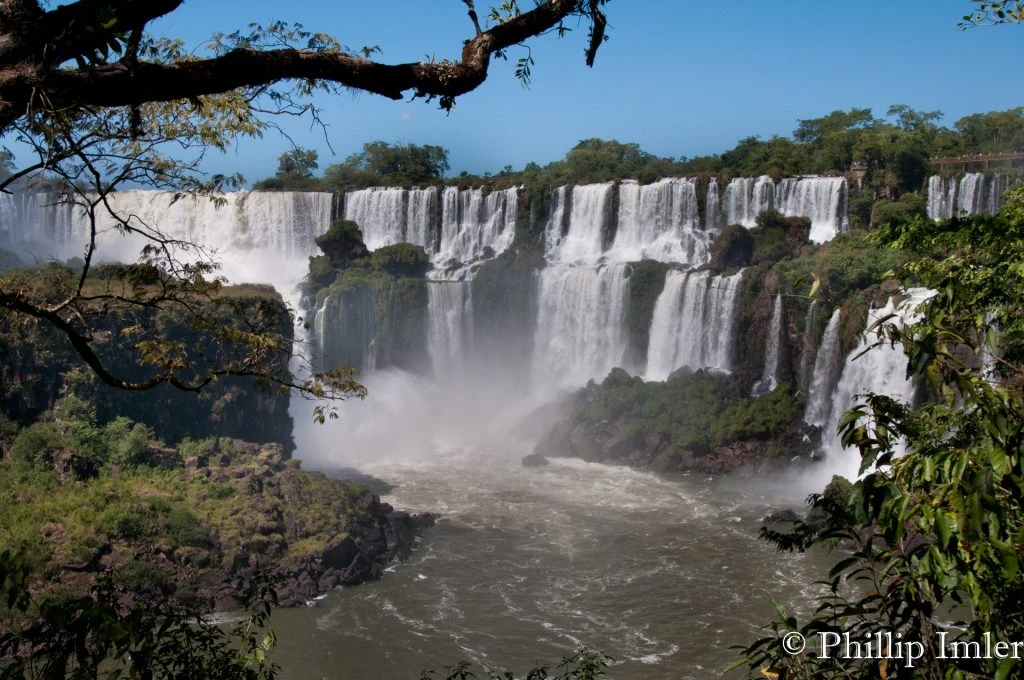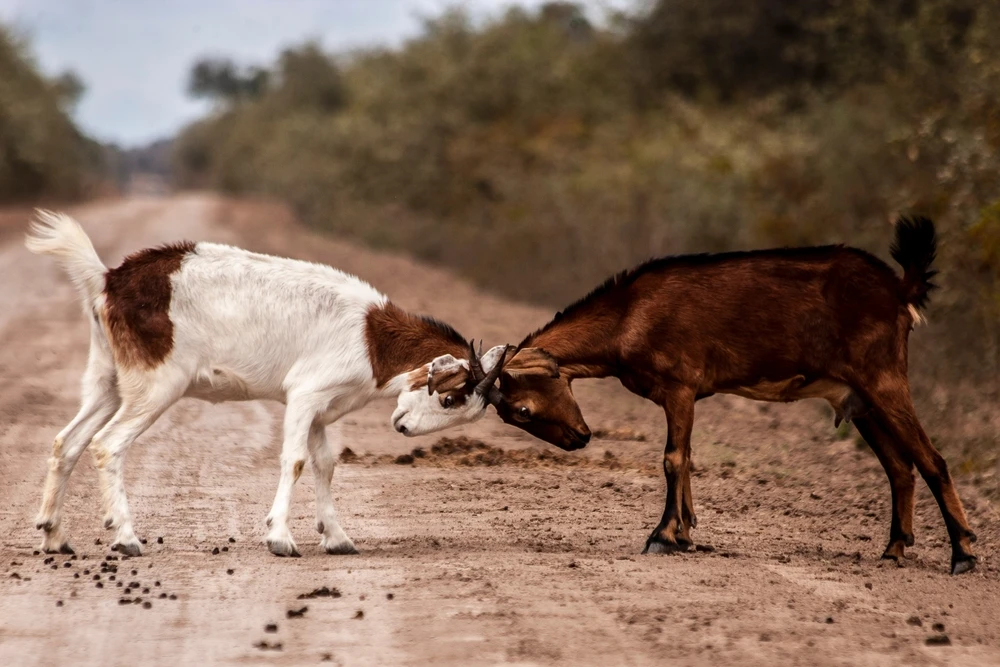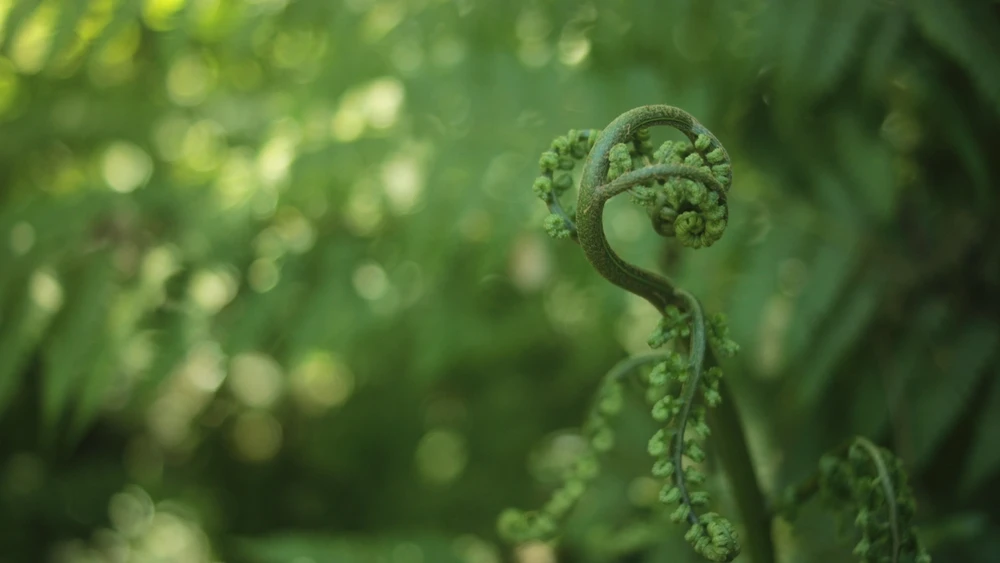Islas de Santa Fe Overview
Islas de Santa Fe National Park, located off the coast of Argentina in the Atlantic Ocean, covers an area of approximately 37 square miles (96 square kilometers). This marine and island park is part of Argentina’s network of protected areas, safeguarding critical habitats for marine and bird species.
The park encompasses small islands and rocky outcrops, creating a rugged and striking landscape that is shaped by ocean waves and strong coastal winds. The terrain features a combination of jagged cliffs, sandy beaches, and intertidal zones rich in marine life. The waters surrounding the islands are home to vibrant underwater ecosystems, including extensive kelp forests, coral formations, and nutrient-rich currents that attract diverse marine species.
The park is an important refuge for wildlife, supporting colonies of sea lions and fur seals that haul out along the rocky shores. Dolphins and orcas can frequently be seen in the surrounding waters, while seabirds such as cormorants, gulls, and petrels nest in the cliffs and rocky islands.
The park is also significant for migratory bird species, offering a seasonal habitat for various shorebirds and marine birds. Beneath the surface, the marine ecosystem includes a variety of fish species, crustaceans, and mollusks that thrive in the nutrient-rich waters, making it a critical feeding and breeding ground for marine biodiversity.
One of the most popular features of Islas de Santa Fe National Park is its remote and pristine environment, making it a prime location for wildlife observation and scientific research. Visitors often explore the park through boat tours, which provide an opportunity to witness the abundant marine life and rugged coastal scenery.
Snorkeling and diving are also popular activities, allowing visitors to experience the underwater world of the park’s kelp forests and coral-covered reefs. The park’s isolation and limited accessibility contribute to its unspoiled nature, drawing those who seek a more secluded and undisturbed natural experience.
The conservation of Islas de Santa Fe National Park is focused on preserving its delicate marine and island ecosystems. The park’s management faces challenges such as climate change, rising ocean temperatures, and human activities like illegal fishing and pollution.
However, conservation efforts have led to the successful protection of critical habitats and the recovery of some marine species. Strict regulations on fishing, tourism, and other human activities help maintain the park’s ecological balance.
Ongoing scientific studies contribute to a better understanding of the park’s biodiversity and inform conservation strategies to protect this unique and vital marine environment.
















































































